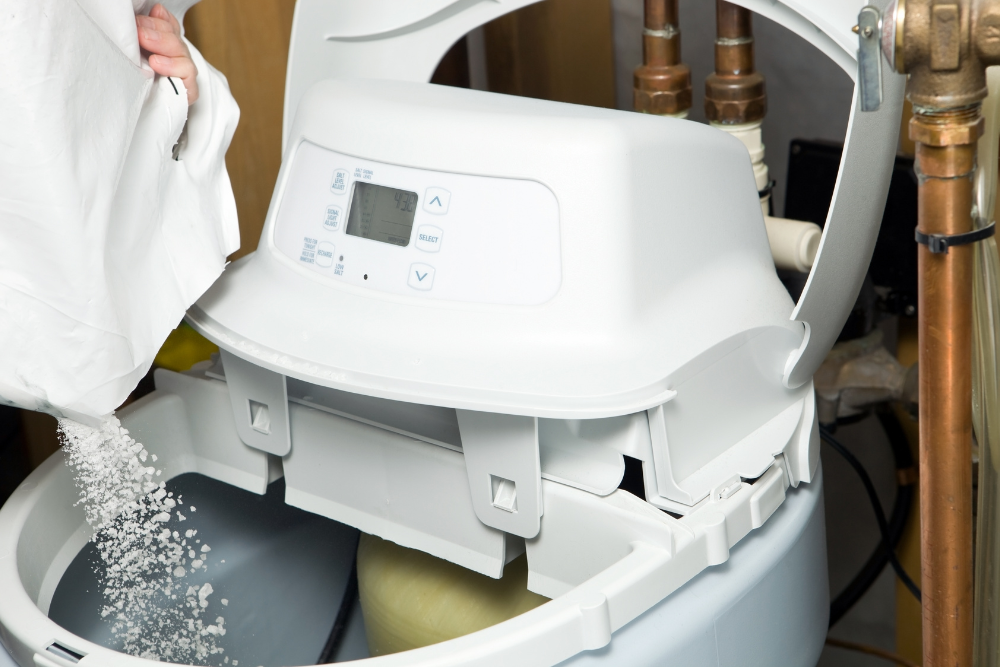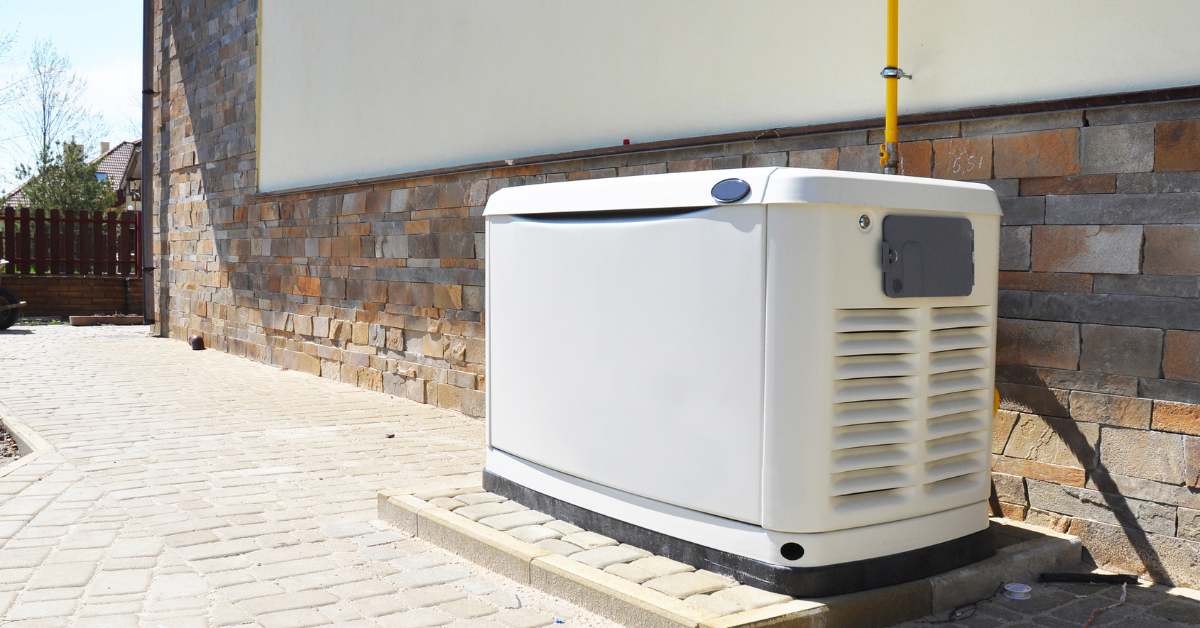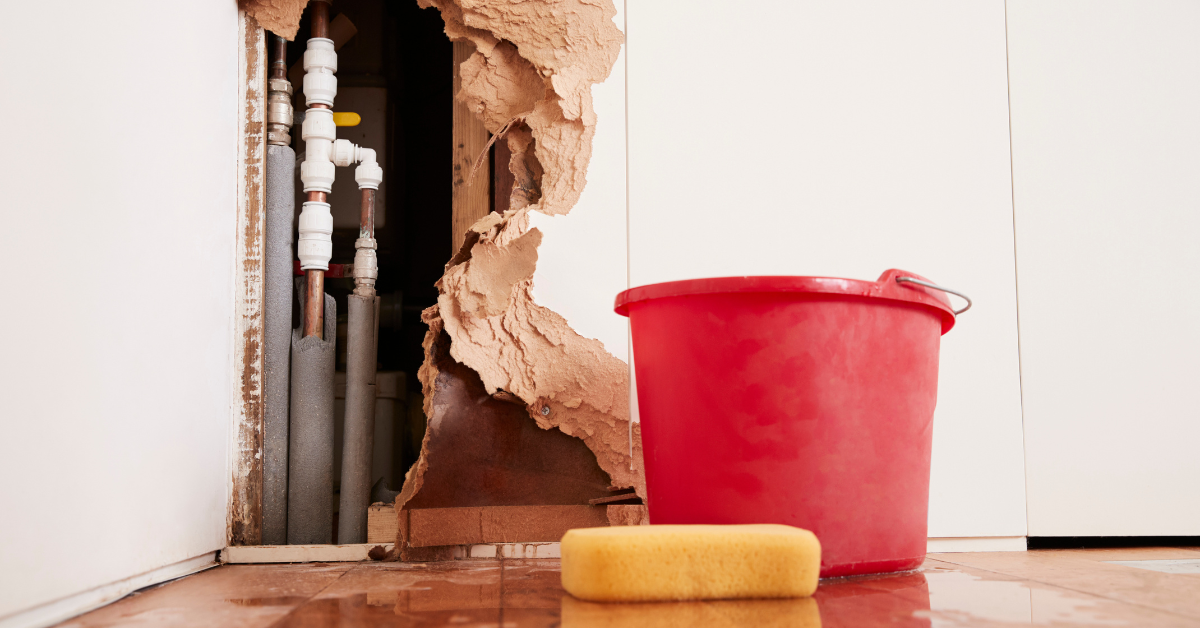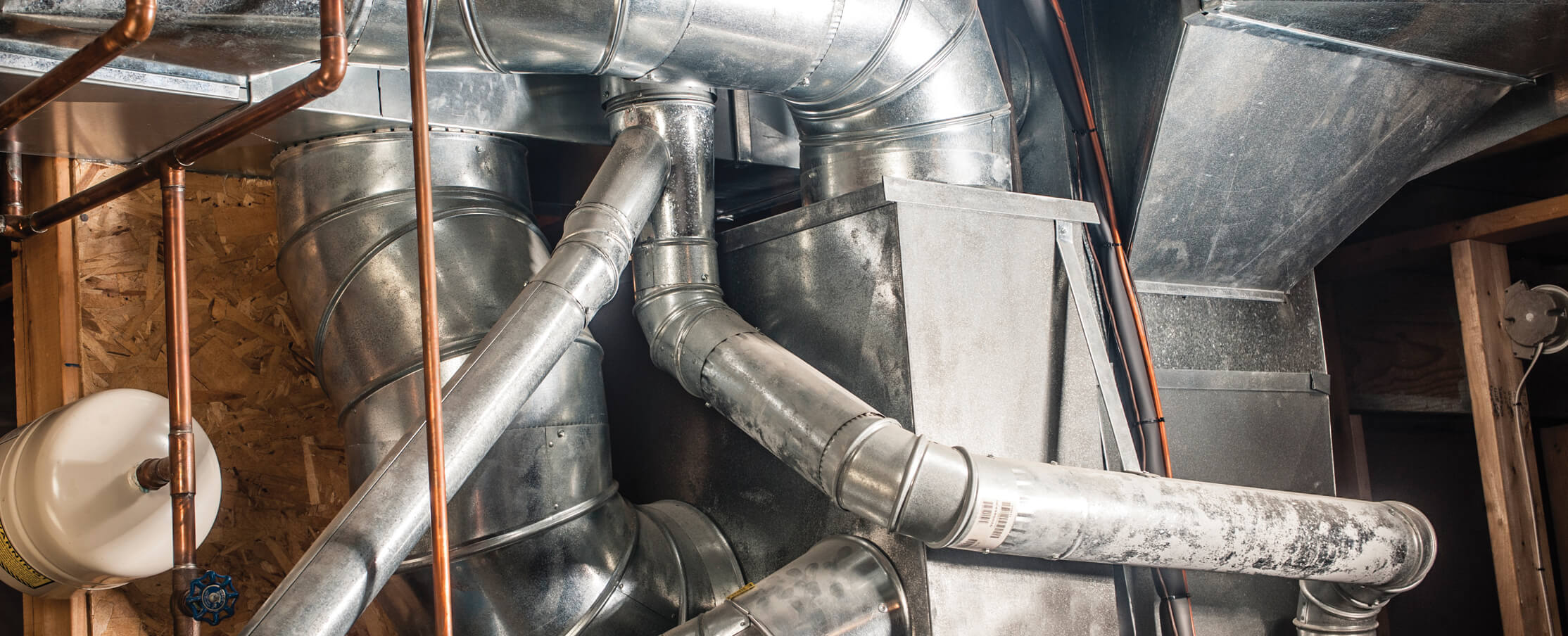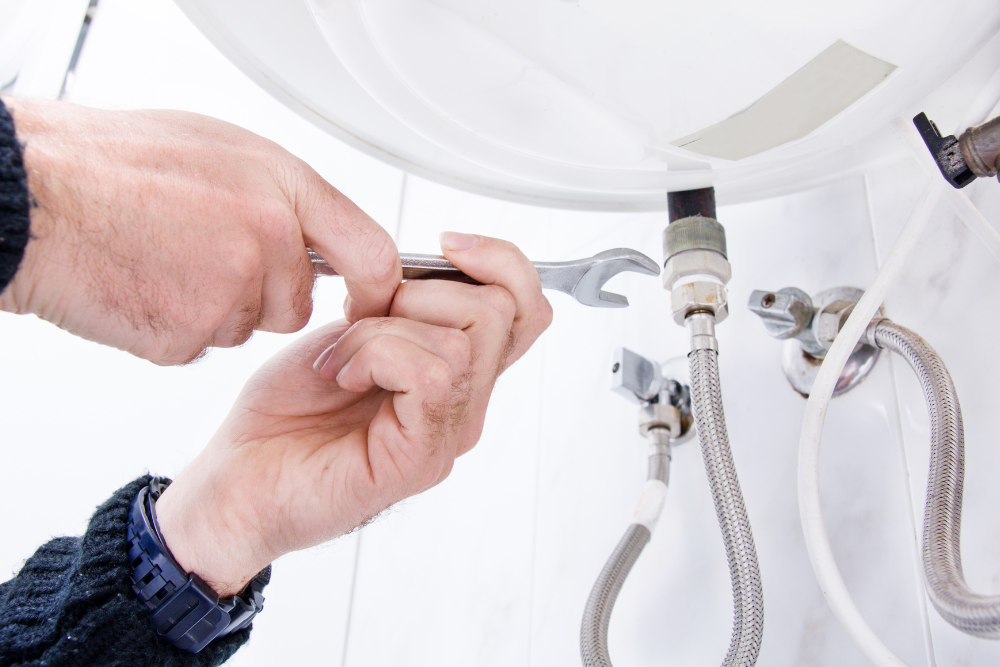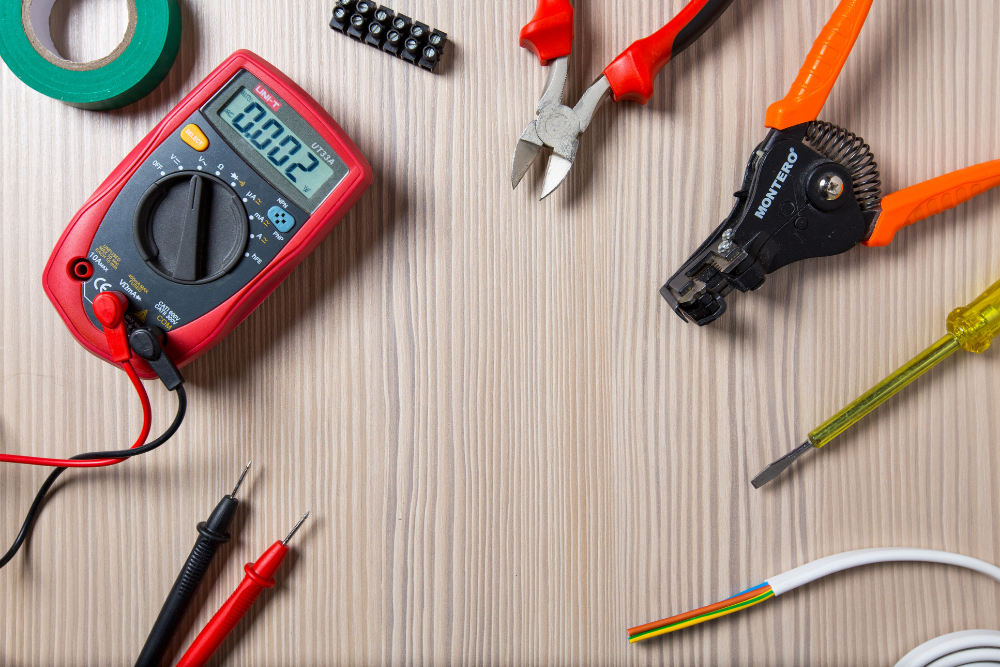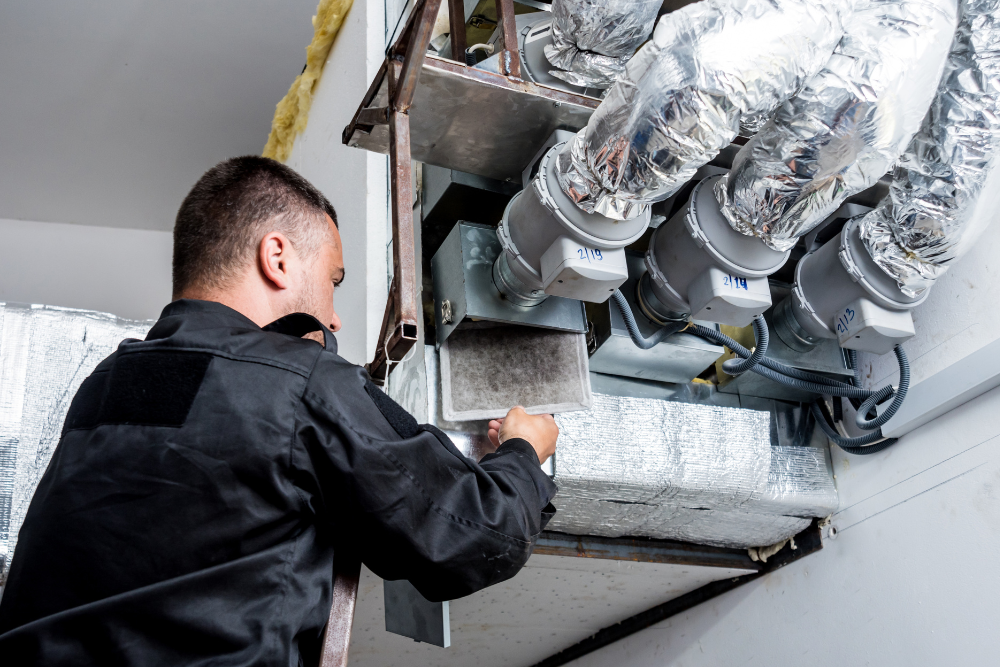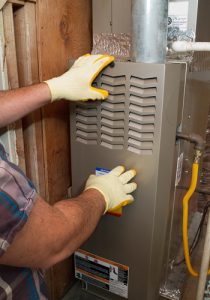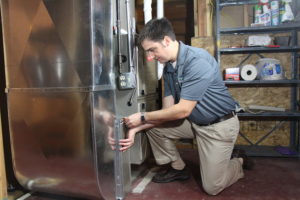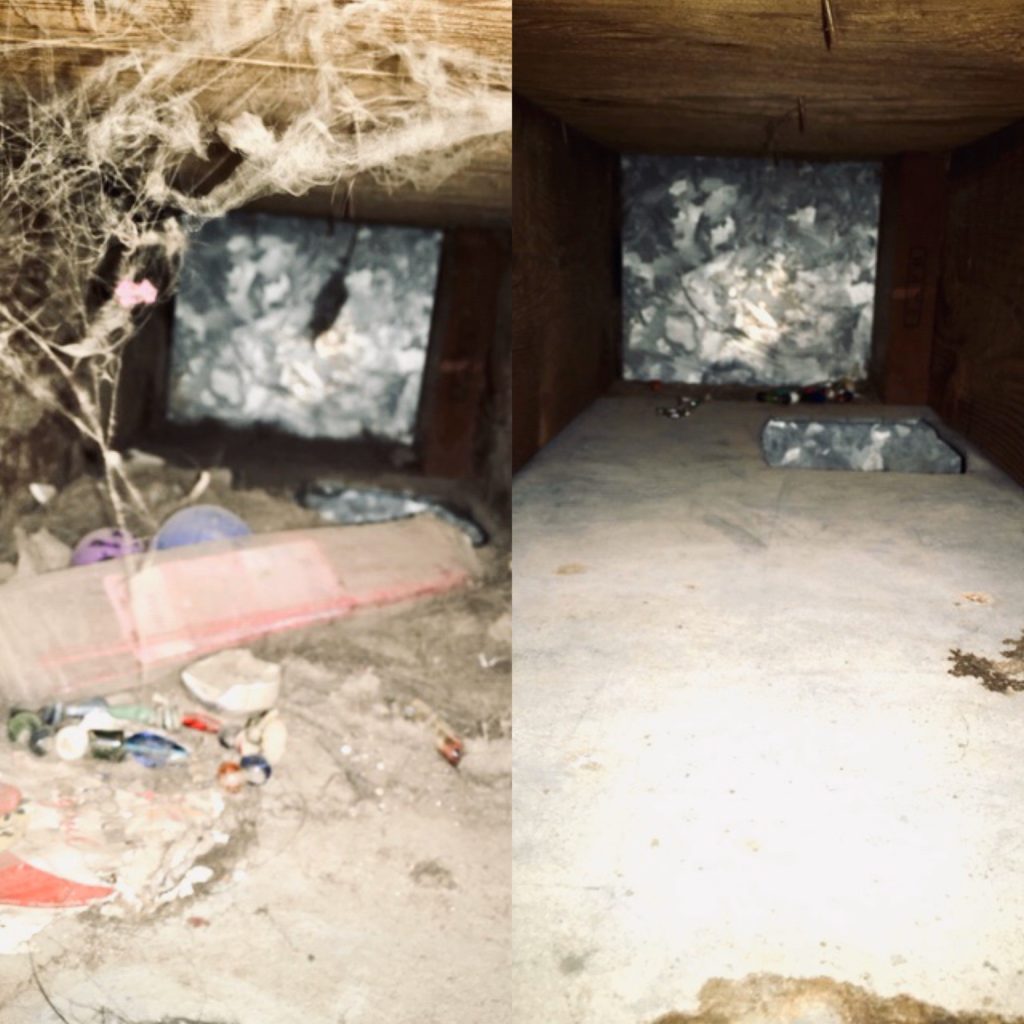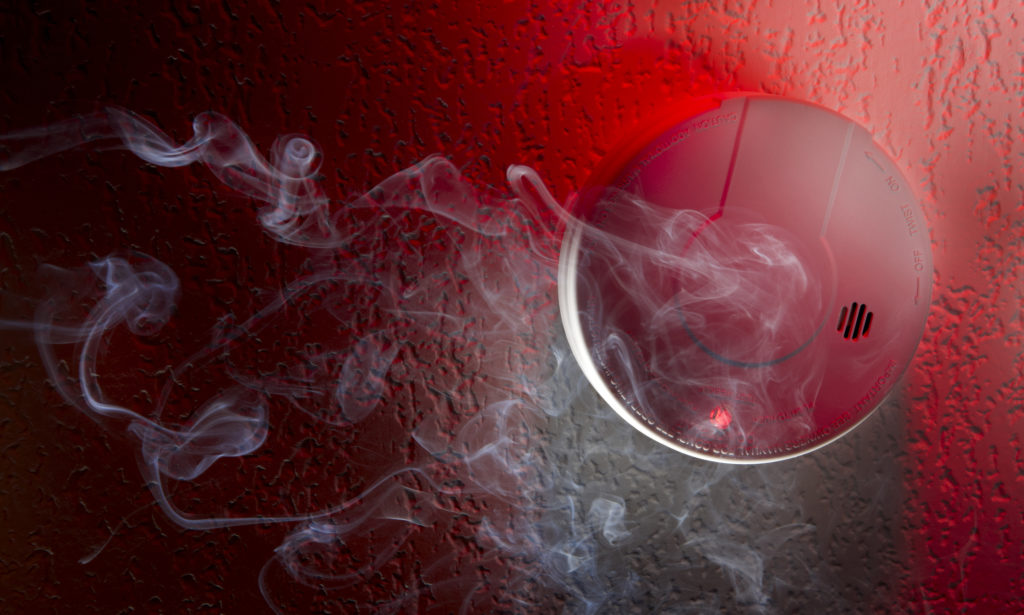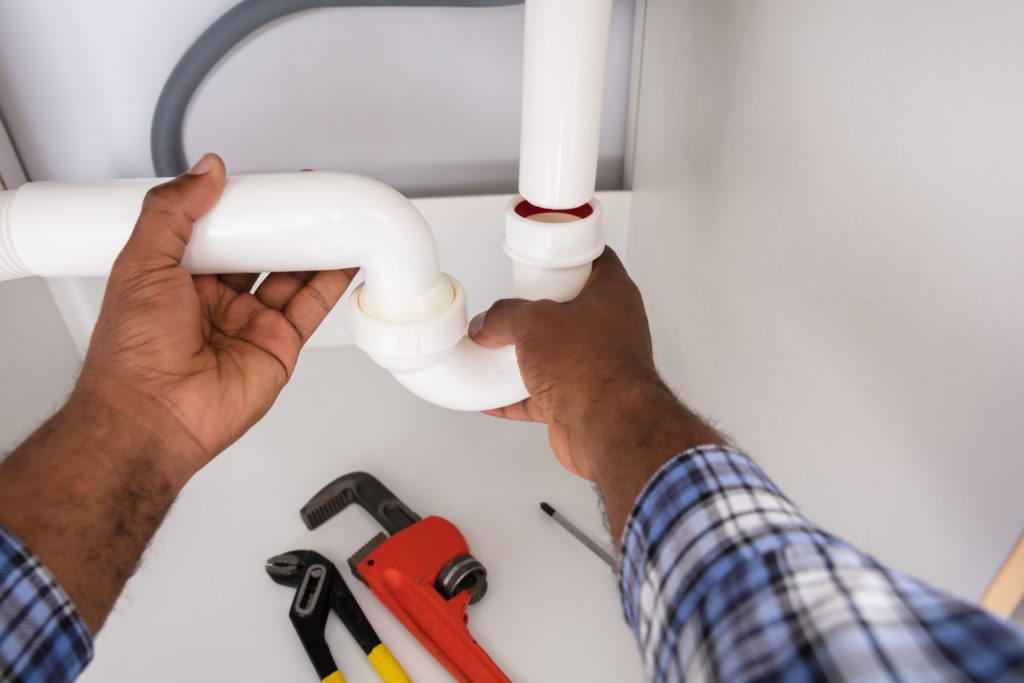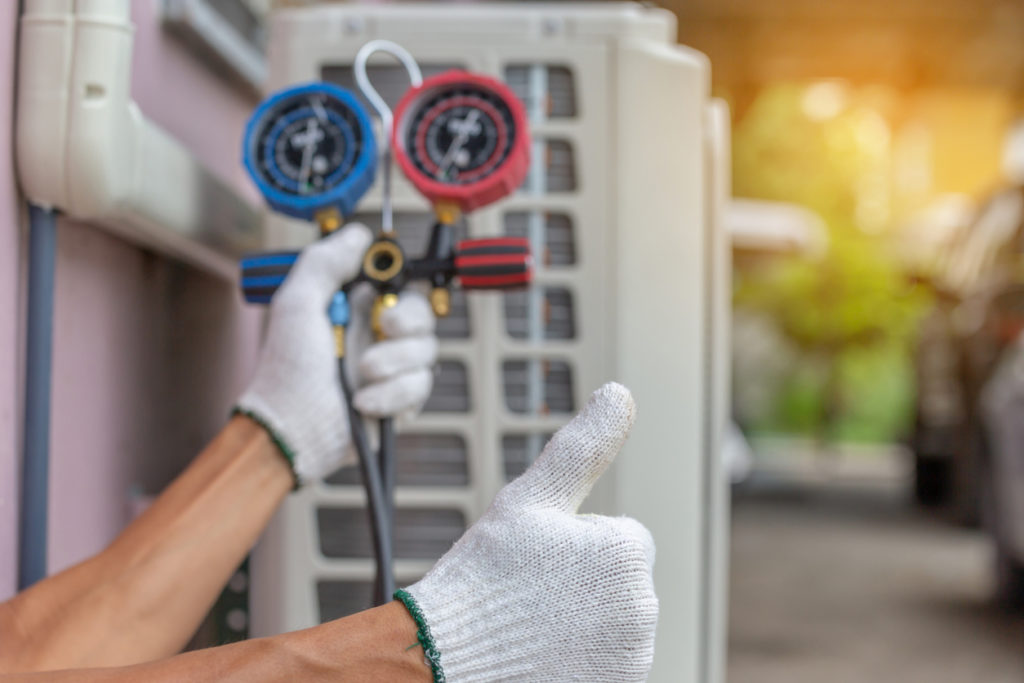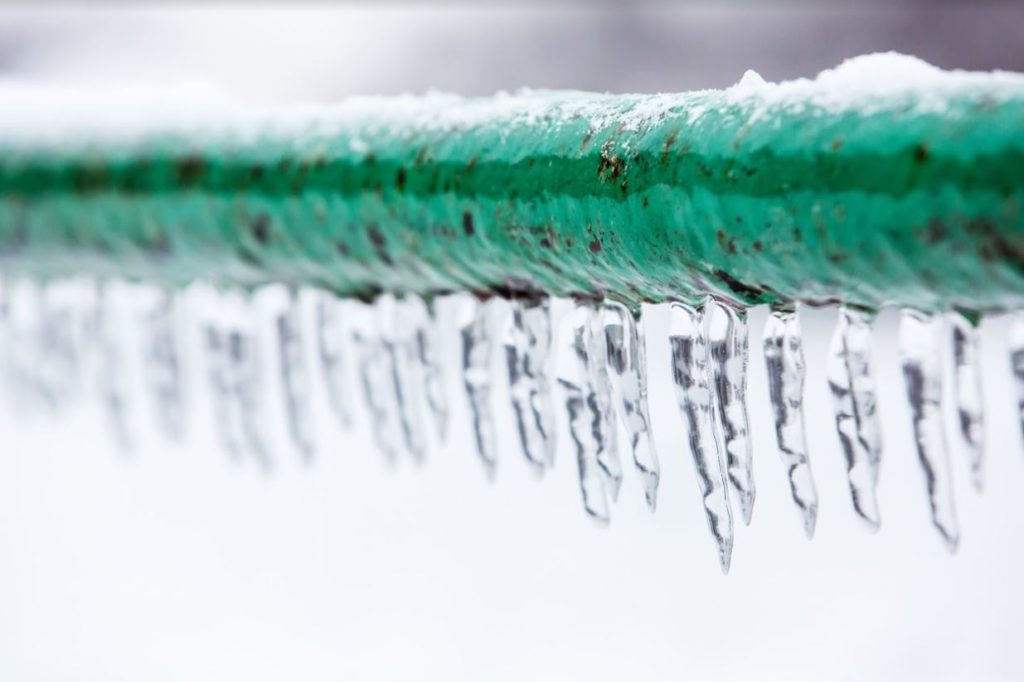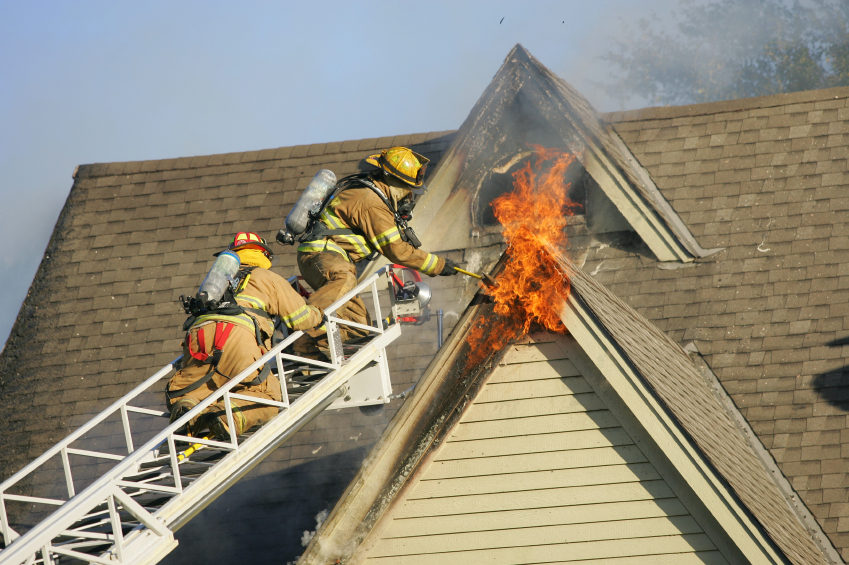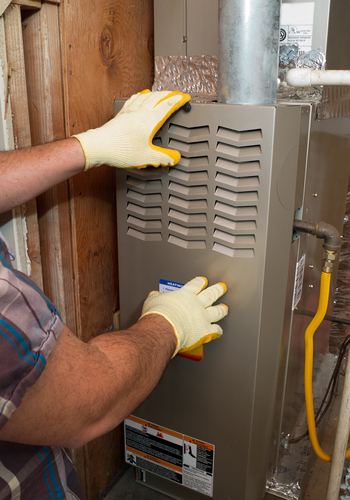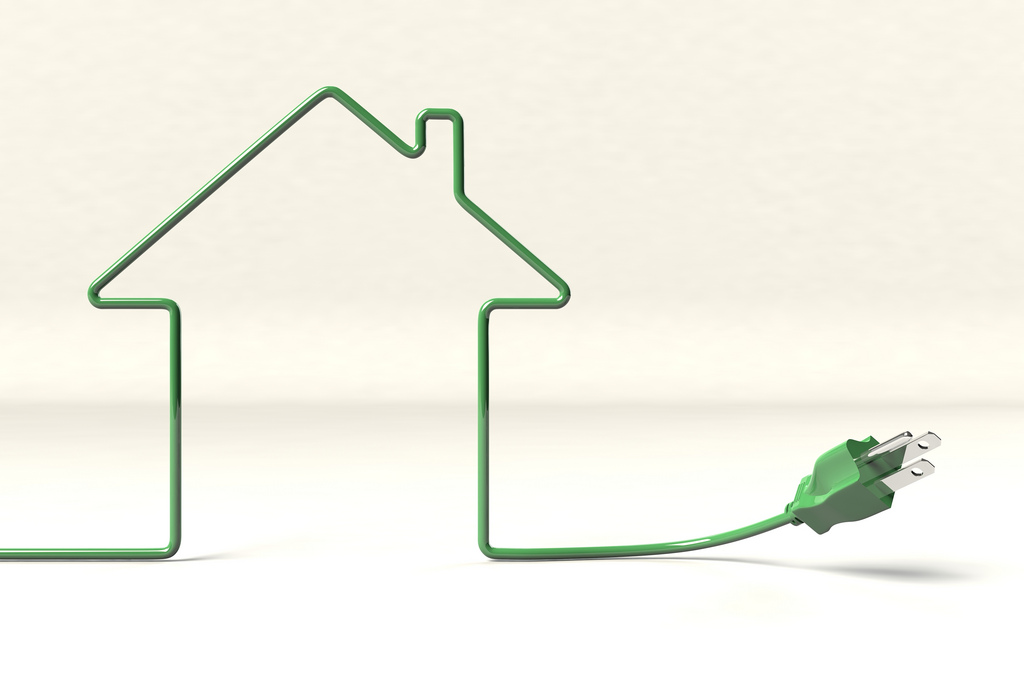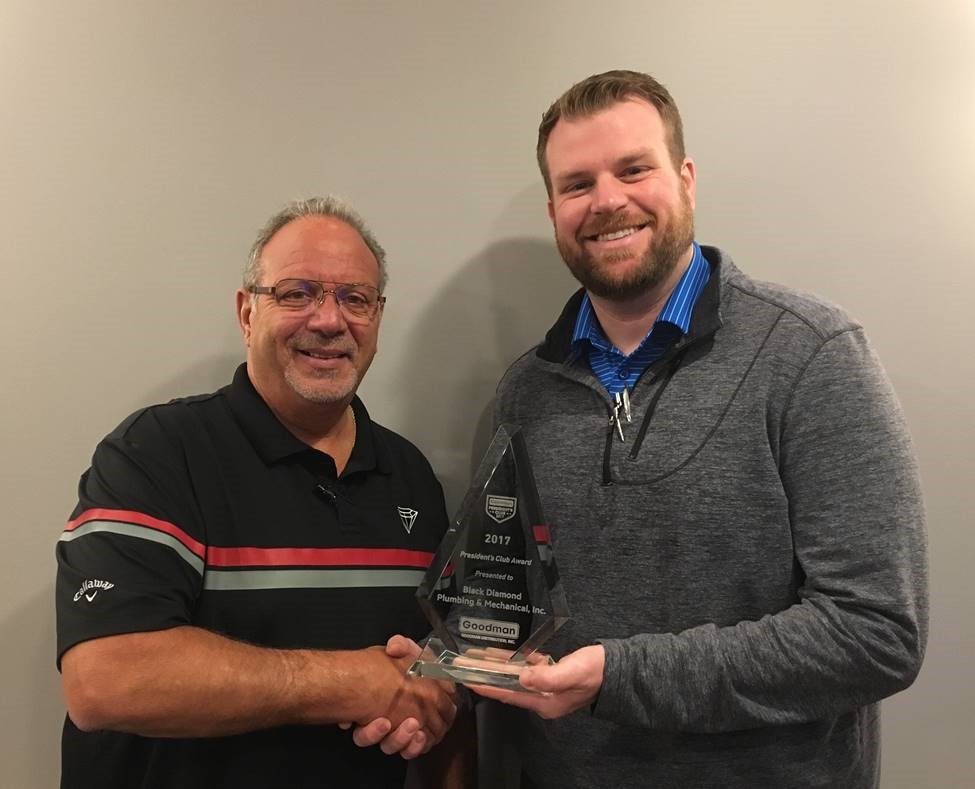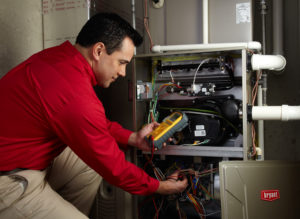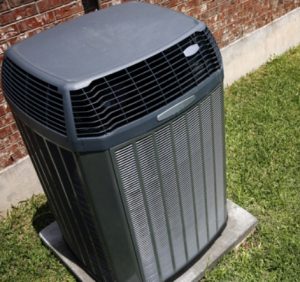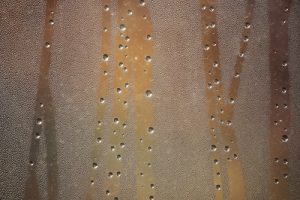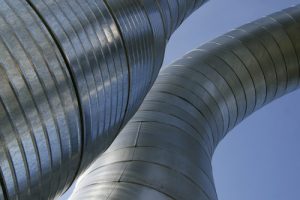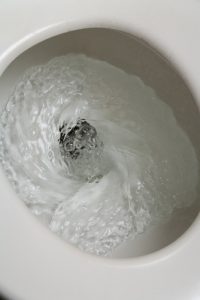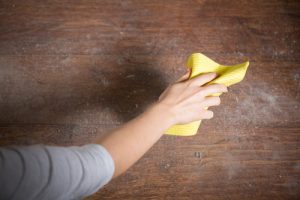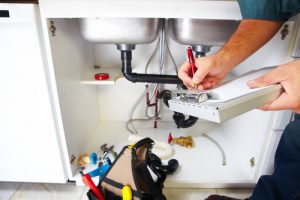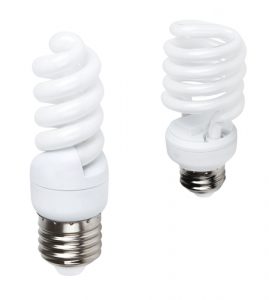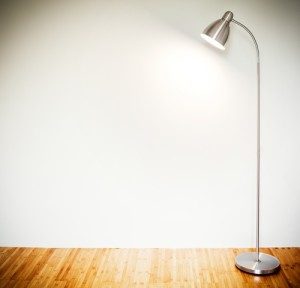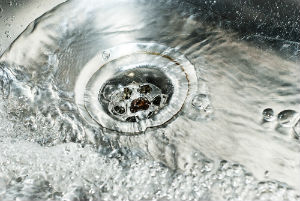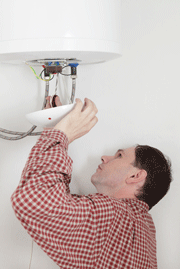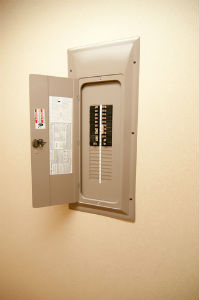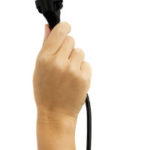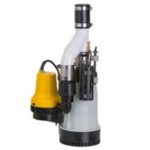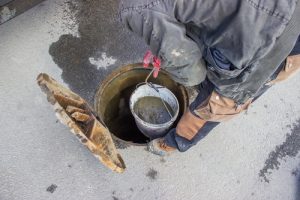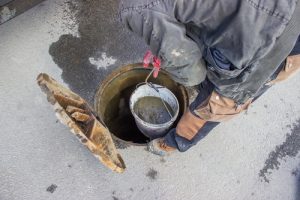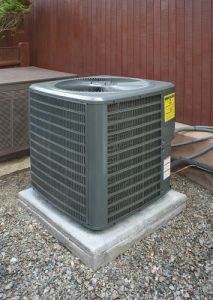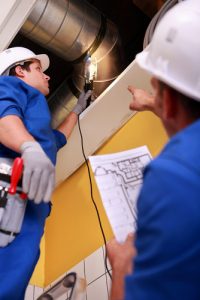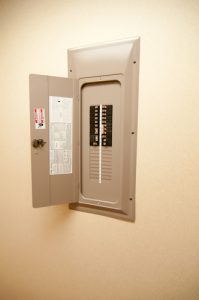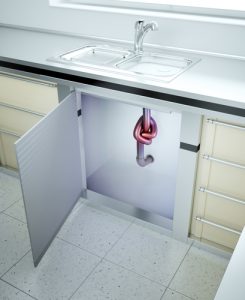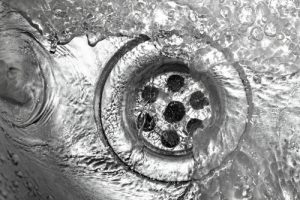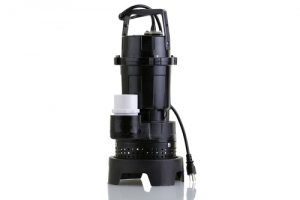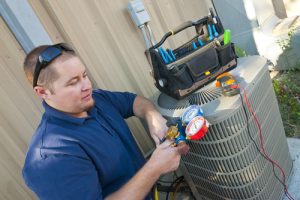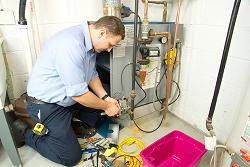Sewer Problems Can Significantly Impact Your Chicagoland Home
Sewer problems seem to happen suddenly and usually at the worst possible time — not that there’s any real good time to have a drain stoppage or sewage backup. But problems in your pipes have usually been developing for some time before they make themselves known to you in some particularly unpleasant way. Actually, the causes of sewer problems in household pipes haven’t changed much over the past century. What has changed are the pipes themselves and the options available to your plumber to locate and resolve sewer problems. Sewer pipes installed before the 1970s may not be more prone to clogs and backups. However, to avoid damage, techniques used to clear the blockage may need to differ from those utilized in a newer home. Fortunately, technology has provided new methods of clearing sewer problems that inflict less stress on the pipes themselves while doing a more efficient job of eliminating the blockage than more harsh, mechanical devices of the past.
A Short History of Sewer Pipes
Clay pipes are the oldest type of plumbing in existence and have been found by archaeologists in ancient ruins in the Mideast. It may surprise you to find out that clay sewer pipes are still installed. Today’s clay pipes are a form of ceramic and have very long-lasting characteristics. The main advantage of clay is that it is a completely inert substance and does not react with chemicals or other substances flowing through the pipes. However, the semi-porous surface of clay pipes does provide an anchor for tree roots that may eventually infiltrate the pipe.
Cast iron sewer pipes were very widely used in the 20th century and are still on the job. Cast iron is extremely strong and resists weight from the soil without deforming or collapsing. However, cast iron is the most expensive sewer pipe, both from the standpoint of the materials and the specialized installation techniques required.
PVC and ABS plastic sewer pipes actually date back to the 1930s. However, universal installation of PVC didn’t begin until the 1970s. PVC is light and fairly strong, has very smooth surfaces that facilitate flow of solid waste internally and resist tree root attachment on the outside. Installation of PVC and ABS pipe is the fastest and most automated method now available and has been universally adopted. PVC pipes installed in the 1970s and dug up today commonly show no signs of degradation.
How Clogs Happen
When sewer problems occur, it’s tempting to blame the very last object that swirled down a household drain for the blockage. If it was only that simple, then simply dislodging that one object would be a permanent solution. The fact is, sewage clogs have a history that often begins long before the drain water actually stops flowing. Certain conditions inside pipes can develop over time that make clogs and backups almost inevitable. So that last solid matter somebody sent down the drain is simply the final straw that closes off the pipe — not the actual origin of the problem. To get things flowing again, both problems have to be dealt with.
Aren’t You Glad You Asked About Sludge?
Drain water and solid objects flow through sewage pipes pretty well as long as the internal pipe surfaces remain smooth. Over time, however, a thick gooey coating can turn the inside of pipes into clog magnets. It’s called sludge and, yes, scientific research has analyzed the causes of it. Sludge in a sewer pipe is a combination of grease, food particles, human waste, hair, soap scum and even solidified minerals in the water such as calcium carbonate. Once a thin layer of sludge gets established in a span of sewer pipe, from then on the accumulation is self-generating. Sludge attracts more sludge and over time the diameter of the pipe incrementally narrows. Eventually, only a small opening remains to allow the free passage of water and waste through the pipe. One last scrap of solid matter down the drain and the pipe is completely obstructed and sewage silently begins to flow backwards into the home. It won’t be long before you are aware that something somewhere is very wrong.
Fast Fixes That May Work (or Not)
- Chemical drain openers — a DIY method frequently attempted before giving up and calling a plumber — have an inherent drawback: To be powerful enough to dissolve a major sewer blockage, these chemicals must be formulated to be so powerful that they may also cause permanent damage to your pipes. Repair costs to fix that are much higher than a professional drain cleaning done the right way.
- For decades, the go-to source for relief from sewer problems has been the plumber’s snake: A long, thick cable threaded into the sewer pipe and rotated by hand or an electric motor. This heavy-duty tool augurs through any obstructions to get things moving again. Conventional snakes aren’t ideal for every scenario. They rely mostly on brute force to clear blockages, and they’re pretty rough on pipes. The ramming, jamming action of large snakes can damage pipes or loosen joints between segments. And while a snake may deal with the immediate blockage effectively if its location is accurately determined, it does little or nothing to remedy conditions inside the pipe that may have promoted the blockage in the first place.
A Close-up of Your Sewer Clog
The first question when sewage backs up into your home is, what’s happening and where? Determining the cause of the blockage and pinpointing its location in the drain system of a house can be a combination of experience and guesswork. Sometimes, dismantling walls or floors or excavating the yard is required. Today, micro-video technology is an important ally in the search that takes your plumber right to the source of the problem for a quick look-see. Mounted on the end of a thin, flexible fiber optic cable, a tiny video camera can be inserted into a sewer access point called a clean-out and threaded through the drain system of the home. In addition to offering the plumber visual confirmation of the location and composition of the blockage, it also allows him to assess the internal condition of your pipes and diagnose the kind of problems like sludge accumulation that may have instigated the problem.
New Tools of the Trade
Like every other profession, research and development in plumbing techniques have advanced rapidly. The use of micro-video technology is just one example. Once the blockage in your pipes has been pinpointed and evaluated, your plumber now has a number of additional options — beyond the old-school snake — to get to the source and clear that clog, as well as the conditions that caused it.
Power-rodding. This technology is an evolution of the basic plumbing snake, turning it into a more exact instrument for cleaning pipes instead of merely removing blockages. A power-rodding tool incorporates a thin but very high-strength metal cable with a head at the end consisting of razor-sharp cutting blades. The blade head is precisely sized to the inside diameter of the pipe. The tool is threaded into the system through a clean-out and, as it makes its way through the drain pipe, rotated at high speed by an electric motor. The blades on the cutting head continuously scrape the internal pipe surface, obliterating sludge that’s flushed away by water fed into the pipe. When the rotating cutting head encounters a solid obstruction, the blockage is rapidly reduced to tiny particles that are also washed down the pipe and into the municipal sewer. Because a power-rodding system is sized to fit the pipe precisely, stresses on the pipe are minimized, and trauma to older pipes is less likely.
Hydro-jetting. As pipe cleaning technology moves into the 21st century, hydro-jetting utilizes the power of extremely high-pressure water to both clear clogs and blast away sludge accumulation that causes them. The system uses no mechanical device such as rotating cutting blades. The cleaning head installed on the end of the high-pressure water line threaded into the pipe incorporates tiny nozzles that emit precision jets of water at over 3000 p.s.i. Water at that pressure is as sharp as a knife and shreds clogs and other obstructions, including intruding tree roots down to minute fragments, flushed away by the force of the water. The blast of water also instantly liquefies sludge, scouring the interior surfaces of the pipe to prevent the recurrence of clogs. Because the water is non-destructive and non-abrasive to pipes, the potential for damage is eliminated.
The Ultimate Sewer Solution: Prevention
No plumbing technology succeeds like preventing sewer problems before they happen. A regular maintenance agreement with a reputable plumbing contractor ensures your sewer and drainage system is maintained in optimum condition. A plumbing professional has the expertise and equipment to detect developing issues before they become major sewer problems. Regular inspections and tests included in the agreement will evaluate the state of your plumbing, verify proper operation and take proactive steps to head off future problems.
For professional diagnosis and repair of sewer problems, contact us at Black Diamond Plumbing & Mechanical.
Recent Posts
Request Service
Please fill out the form and we will get in touch with you shortly. We look forward to serving you!
Request Service
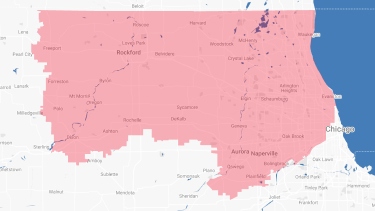
Proudly Serving
The Chicagoland AreaAddison | Algonquin | Antioch | Arlington Heights | Aurora | Barrington | Bartlett | Batavia | Beloit | Belvidere | Bensenville | Bloomingdale | Bolingbrook | Buffalo Grove | Byron | Caledonia | Capron | Carol Stream | And Much More!
VIew ALL

